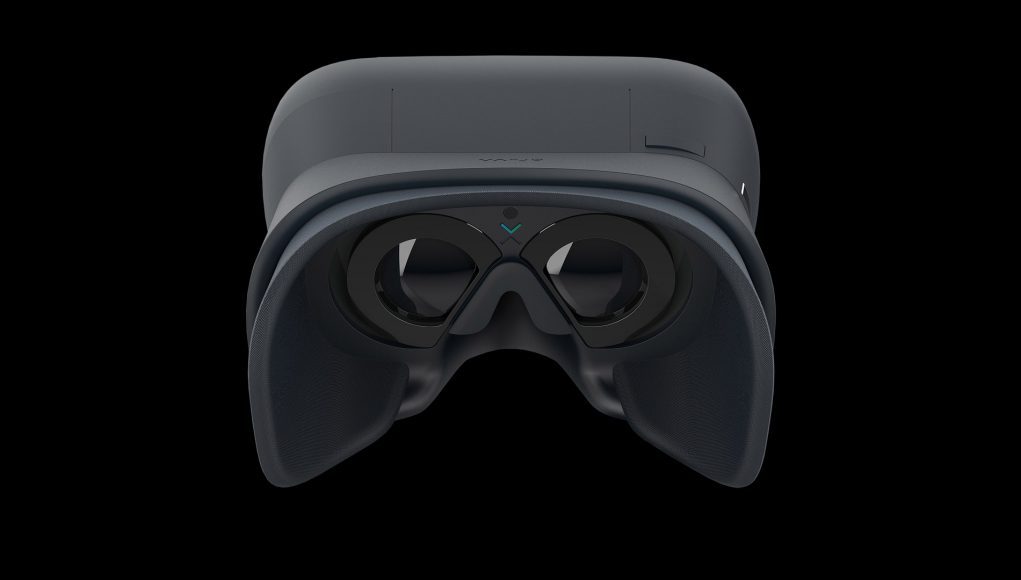More resolution in VR isn’t just ‘nice’, it’s a major contributor to immersion. ‘Retina-resolution’ displays, those which match the visual limit of the human eye, are the ultimate destiny of VR headsets but it’ll be years yet before they’re affordable and widely available. Varjo, however, is developing an enterprise-focused headset which offers a glimpse of this future, and it’s breathtaking.
Like Magic Bifocals for VR
On the path to launch in early 2019, Varjo is continuing to refine its ‘Bionic Display’ headset which cleverly combines two displays per eye to achieve retina-resolution at the center of the field of view, surrounded by a peripheral area that’s similar in resolution to typical high-end consumer headsets. While only the center of the view is retina-resolution, it covers enough of your fovea—the central part of your retina which resolves high detail—that if you’re looking through the very center of the lens you can just about convince yourself that the entire view is retina-quality.
Looking through the company’s latest prototype, which they say is nearly production-ready, the view is quite astounding—as close to any “wow” moment I’ve had in my years covering an industry full of exciting innovations.
The above through-the-lens photos, captured by Varjo, are an accurate portrayal of the difference in visual fidelity between Vive Pro and Varjo, but only for the center of the field of view (which is what’s shown here). Use the slider to compare. Remember that the Varjo headset fades to a similar resolution as the Vive Pro as you move away from the central field of view.
The central part of the field of view in the Varjo headset has absolutely no visible screen door effect or aliasing. It feels a bit like using bifocals in the way that you sometimes need to consciously gaze through the center of the lens to see the best detail, but it’s a drastic, almost magical difference from even the highest resolution consumer headsets available today. Lines are perfectly smooth and you can read text at distances that would be rendered entirely illegible on other headsets. Some things, like fine surface textures, are revealed with stunning detail where they would be outright invisible at a more common resolution. Scenes captured with photogrammetry—which already look impressive even on high-end consumer hardware—take on a whole new level of breathtaking detail when seen through the Varjo headset.
I wish everyone had a chance to look through the company’s headset to see what a difference retina resolution makes to VR. It’s very exciting to extrapolate this experience to a future where retina resolution displays covering the entire field of view are available in affordable consumer VR headsets. Sadly this is still years away.
To get here today, even with only a portion of the view achieving retina resolution, Varjo has to play way outside the consumer sphere—on the high-end of the high-end. The first version of their headset, set to launch in Q1 2019, is firmly targeting large enterprise companies as customers, and will cost between $5,000 and $10,000.







